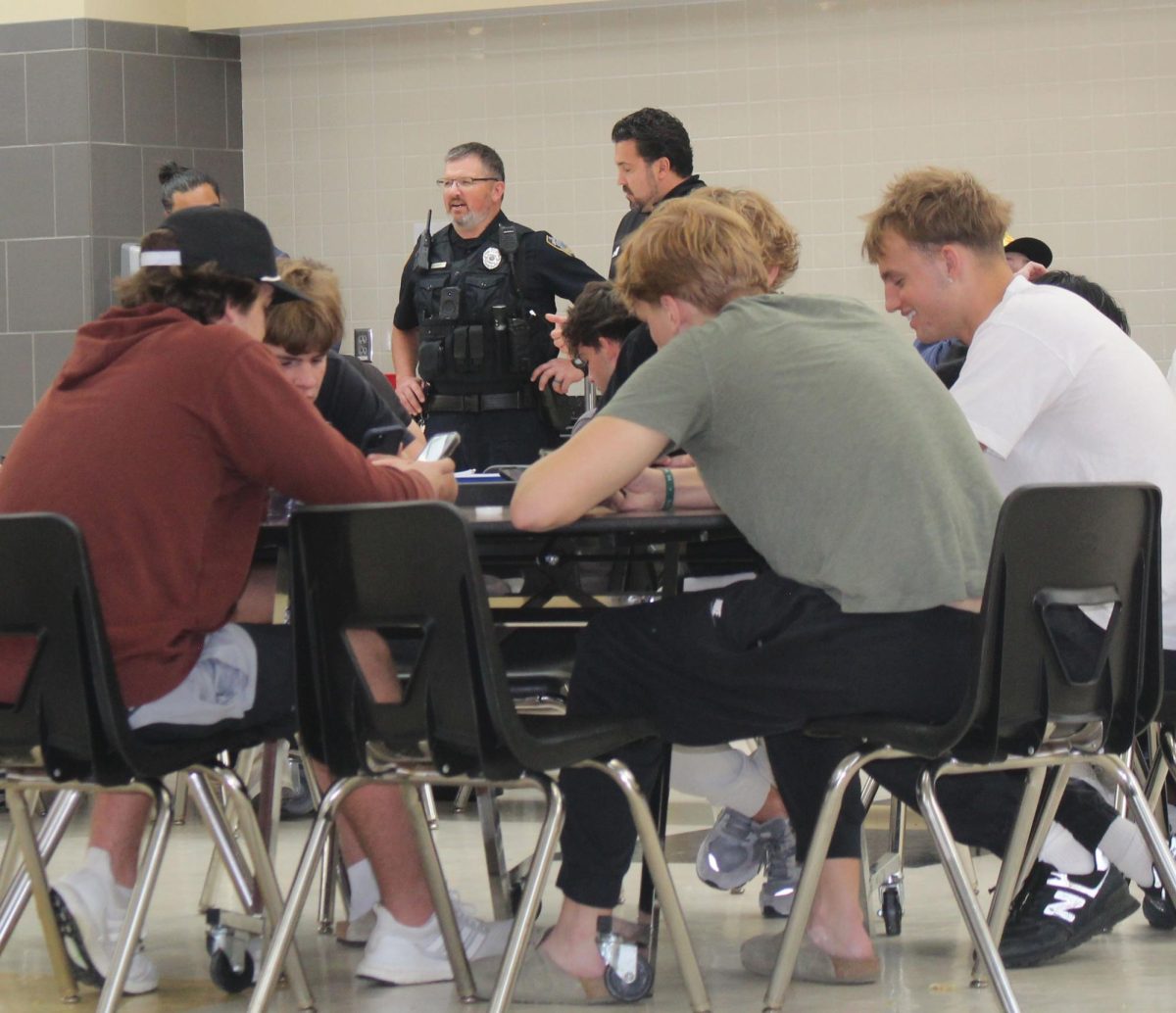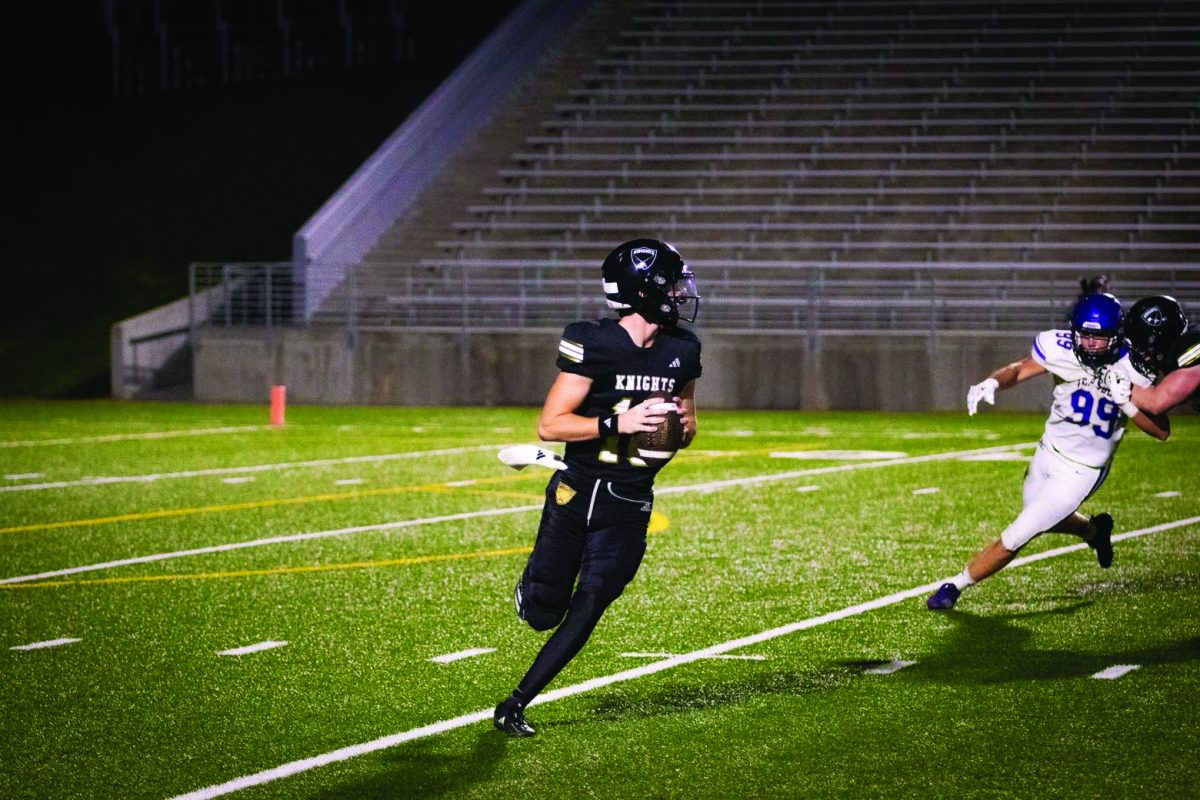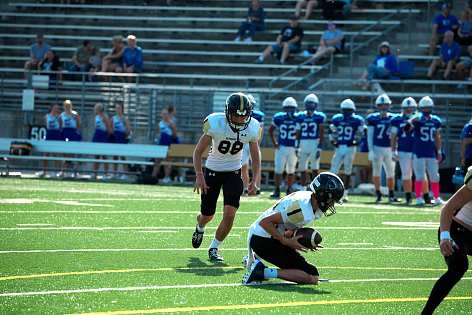Since spring of 2023, TJ Carmichael has served as LSE’s School Resources Officer (RSO), previously moving from a temporary, two-month role to becoming a full-time presence in the halls.
“[It] was a new opportunity that I’d never quite thought about doing, but I thought I’d give it a try. In those two months, I really enjoyed it,” Carmichael said. “Once the position for Resource Officer [was opened up for] this school, I took the opportunity to apply for it and, luckily, got it.”
During the day, Carmichael can be seen throughout the school. He is in the halls, lunch room, parking lot and even has made a guest appearance at some clubs. His hope is to make connections and develop a strong relationship with students.
“I would say that I’m a resource for students [and] staff. I’m a person that helps keep the schools safe,” Carmichael said. “I guess my biggest thing here being at school is just building a rapport with students. I get to know students, when they’re having a bad day, but also when they’re having a good day.”
The first step in becoming a RSO is to become a police officer, a role which Carmichael was in since May of 2008 . The second step is for an officer to have “[At] least three years on the street”, Carmichael said. He had six times that, previously working in the Technical Investigations Unit, and Field Training Officer, and currently working as a Emergency Vehicle Operations Course (EVOC) driving instructor.
Next he went through a highly selective and intense interview process. According to Carmichael, he answered questions such as; “[A] phone gets stolen out of the locker room. How would I handle [the] situation? What would I do? If I’m working with a student who’s having a bad day, what will I do? Who would I notify, what resources [would I] get for that?”
According to the City of Lincoln’s official website, RSOs have forty hours of training with the National Association of School Resource Officers (NASRO) and more with the Regional V systems Health for their youth-focused Behavioral Threat Assessment (BETA) training and mandatory yearly instruction concerning implicit bias, cultural competency and de-escalation.
This training, and officer Carmichael’s drive to connect to students, may be showing their results. According to data from the NASRO, having RSOs present in a building could be linked to reductions in damage to the school (and surrounding area), 911 calls, student death due to violence or drug overdose and an increased chance for students (particularly those with struggles with mental health) to receive the medical and emotional help they need.
However, being a police officer and RSO comes with its own set of challenges. According to Carmichael, some students may feel uneasy or distrustful of his presence in the building. “It just depends on what people’s experiences [were] with police officers in the past,” Carmichael said. “And again, what people see on TV and social media and all that stuff, it creates a little bit of attention. It sometimes can be a difficult barrier to work through.” Despite this, he says is going to continue his mission of being around, being present and building relationships.
“People need someone to talk to. [We] all need someone to talk to, and if I can be that person, I’ll try being [that] person,” Carmichael said.







